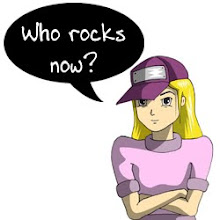People have been inventing new ideas in computer systems for nearly four
decades. Many of them have been spectacularly successful: virtual memory, packet networks, objects, relational databases, and graphical user interfaces are a few examples. Other promising ideas have not worked out: capabilities, formal methods, distributed computing, and persistent objects. And the fate of some is still in doubt: parallel computing, RISC, and software reuse. The most important invention of the last decade, the World Wide Web, was not made by computer systems researchers.
MAINFRAMES

Mainframes have slimmed down drastically in the last few years, dramatically reducing their air-conditioning needs, electrical power consumption, and floor space requirements.
MIDRANGE

Midrange computers, or midrange systems, are a class of computer systems which fall in between mainframe and microcomputers. The range emerged in the 1960s and was more generally known at the time as minicomputer. Notable midrange computer lines include
Historically, midrange computers have been sold to small to medium-sized businesses as their main computer, and to larger enterprises for branch- or department-level operations.Since 1980s, when the client-server computing architecture become predominant, computers of the comparable class are instead universally known as servers to recognize that they "serve" end users at their "client" computers.
Since the client-server model was developed in Unix-like operating systems, using this term frequently implies support of standard—rather than proprietary—protocols and programming interfaces.
MICROCOMPUTERS

Microcomputers are the most important category of computer systems for both businessman and consumer.Microcomputer is a computer with a microprocessor as its central processing unit. They are physically small compared to mainframe and minicomputers.Many microcomputers are also personal computers.
The computing power of microcomputer now exceeds that of the mainframes of previous computer generations, at a fraction of their cost.Thus, they have become powerful networked professional workstations for business professionals.
PCs are available as handheld, notebook, laptop, and tablet, portable, desktop, and floor-standing models. Or, based on their use, they include home, personal, professional, workstation, and multiuser system.Most microcomputers are desktops designed to fit on an office desk or laptops for those who want a small, portable PC.




